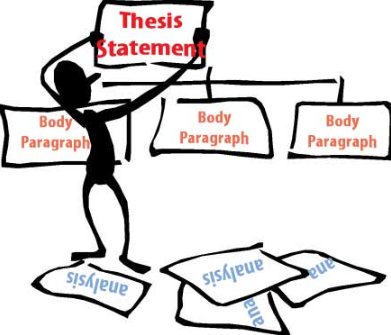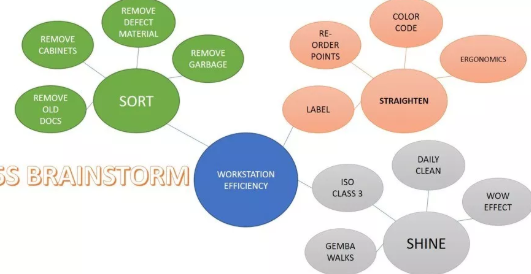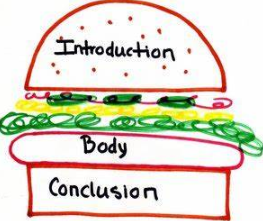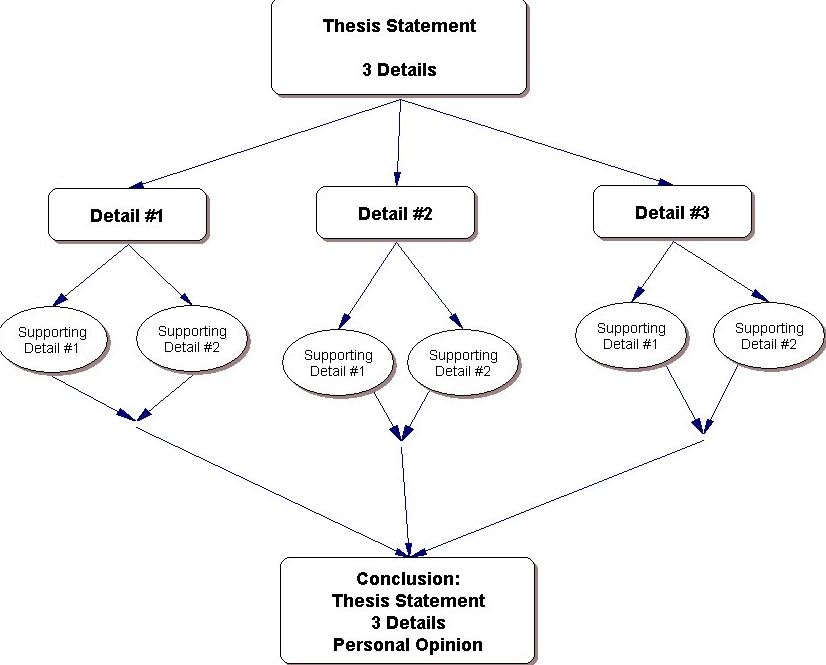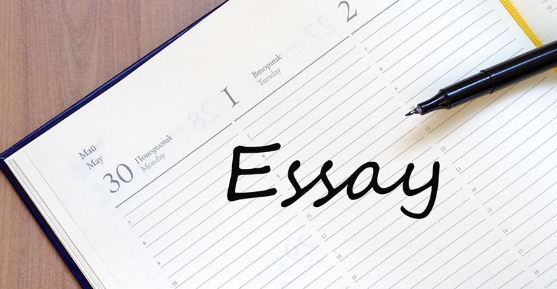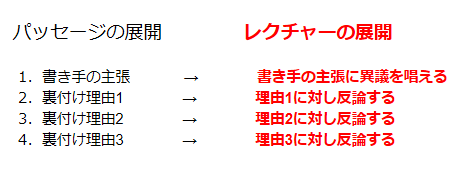
┃TOEFL ライティング Independent Body (本論)
Body(本論)は、Introduction(序論)での主張(thesis statement)を裏付ける
エッセイの中心になるところです。
理由と具体例を挙げながら各段落ごとに主張の裏付けをすることから、
しばしば ”developmental paragraph” とも呼ばれます。
Bodyは2~4つの段落からなり、1段落に1つずつ理由を展開していきます。
各段落では、段落ごとの主旨(topic sentence)を示し、根拠となる
詳細情報(Supporting detail)や具体例(example – 統計データ、
個人の経験、一般常識)を挙げていきます。
各段落のtopic sentenceは、直接thesis statementを裏付けていくことから、
support pointとも呼ばれます。

エッセイの Body (本論)を読んで以下の情報が入っているか確認してください。
☑ 各パラグラフにThesis statementを裏付けるTopic Sentenceは書かれているか
☑ Topic Sentence の根拠となる詳細情報や具体例が含まれているか
☑ 効果的な転換語が使われているか
☑ 抽象から具体へと展開しているか

設問
Some people think that government should spend as much money as possible on developing space technology for the exploration of the moon and other planets. Others think that this money should be spent on solving the basic problems of society on Earth. Which view do you agree with? Use specific reasons and examples to support your answer.
● Introduction
Society is often divided on major issues involving government spending. One group believes that we should spend as much money as possible on space exploration, while another group thinks that we should spend this money on solving basic social problems on Earth. I believe there are stronger reasons for spending on space technology because this leads to knowledge that will benefit society on Earth.
Body 1
Spending money on space technology can lead to better ways to produce food and clothing. Space travel requires special ways to preserve and store food for a long journey. Scientists also work on ways to grow vegetables and fruits in space so that astronauts can have fresh food. Scientists must develop new types of clothing made from new materials. Many of these new methods of food and clothing production also benefit people on Earth.
Body 2
Space exploration has led to important developments in communications technology. One of the first government projects in space technology was for satellite communications. Today, this technology benefits everyone who uses satellite television or telephones.
Body 3
The most important reason for spending money on space technology is that it promotes international cooperation. When the governments of several different countries work together on space projects, there is better communication between countries. The international space station is a good example of international cooperation that benefits everyone on Earth. Not only does it lead to scientific progress, but it also promotes international understanding.
Conclusion
In conclusion, several developments in space technology have already helped society on Earth. If we spend money on space programs, we may discover even greater
knowledge that will improve our life and promote world peace.
Bodyで役に立つ表現
● 順序立てて書く
First(ly),~ . Second(ly), ~. Third(ly),~. 「第1に、~。第2に、~。第3に、~。」
First of all / To begin with 「まず初めに」
Next / Also / In addition / Moreover / Furthermore 「次に、さらに、その上」
Finally / Last(ly) / In the end 「最後に」
● 理由を書く
because / since / as 「~なので」
The reason is that … 「その理由は・・・だからです。」
This is because ….「これは・・・だからです。」
● 例を挙げる
for example / for instance 「例えば」 as an example 「一例をあげると」
such as ~ 「~のような」 in particular 「とりわけ、特に」



